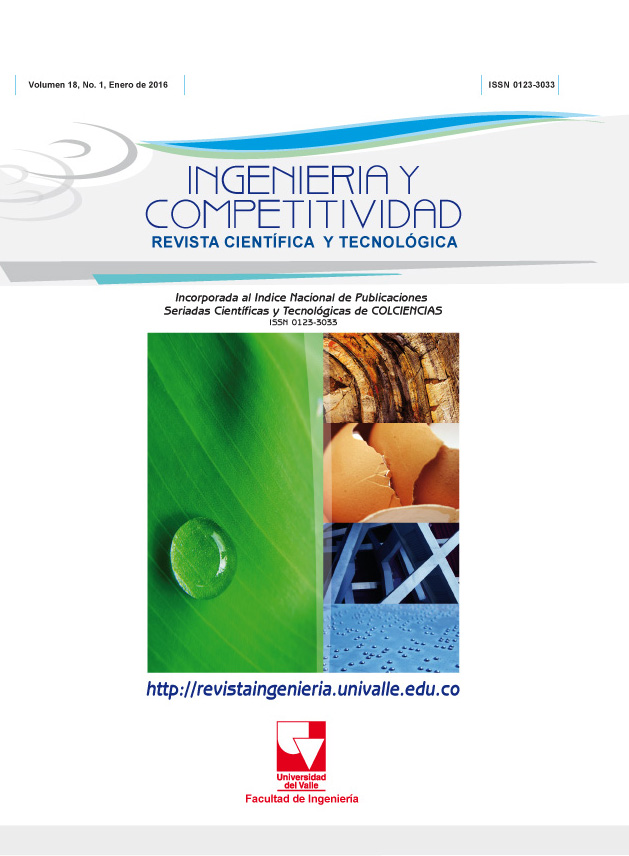A simple regionalization approach as an alternative to obtain rainfall data in a tropical and ungauged catchment
Contenido principal del artículo
The availability of rainfall information with high spatial resolution is of fundamental importance in many applications in the field of water resources. Commonly, the rainfall data in developing countries are obtained by rain gauge stations. However, many studies show that traditional measures based on rain gauge stations may not reflect the spatial variation of rainfall effectively. Although satellite data have been widely used around the world, when applied to local regions the spatial resolution of these products is too coarse. In this paper, an approach to identify a downscaling method through geostatistical regionalization to improve water resources models with short spatial and temporal scales and with limited rainfall data is presented. Three different models were applied: Cokriging, Inverse Distance Weight (IDW) and Kriging. Statistical parameters such as mean absolute error (MAE) and root mean square error (RMSE) were computed. A cross-validation process showed a better fit for most of the stations using the Cokriging method. The regionalization results were quite comparable with the rain gauge stations data. Although the model outcomes did not improve remarkably, the contribution of this approach may have the potential to provide useful rainfall data at spatial scales shorter than the present resolution.
- Cokriging
- datos satelitales
- regionalización
- sesgo.
Descargas
Los autores que publican en esta revista están de acuerdo con los siguientes términos:
Los autores ceden los derechos patrimoniales a la revista y a la Universidad del Valle sobre los manuscritos aceptados, pero podrán hacer los reusos que consideren pertinentes por motivos profesionales, educativos, académicos o científicos, de acuerdo con los términos de la licencia que otorga la revista a todos sus artículos.
Los artículos serán publicados bajo la licencia Creative Commons 4.0 BY-NC-SA (de atribución, no comercial, sin obras derivadas).





